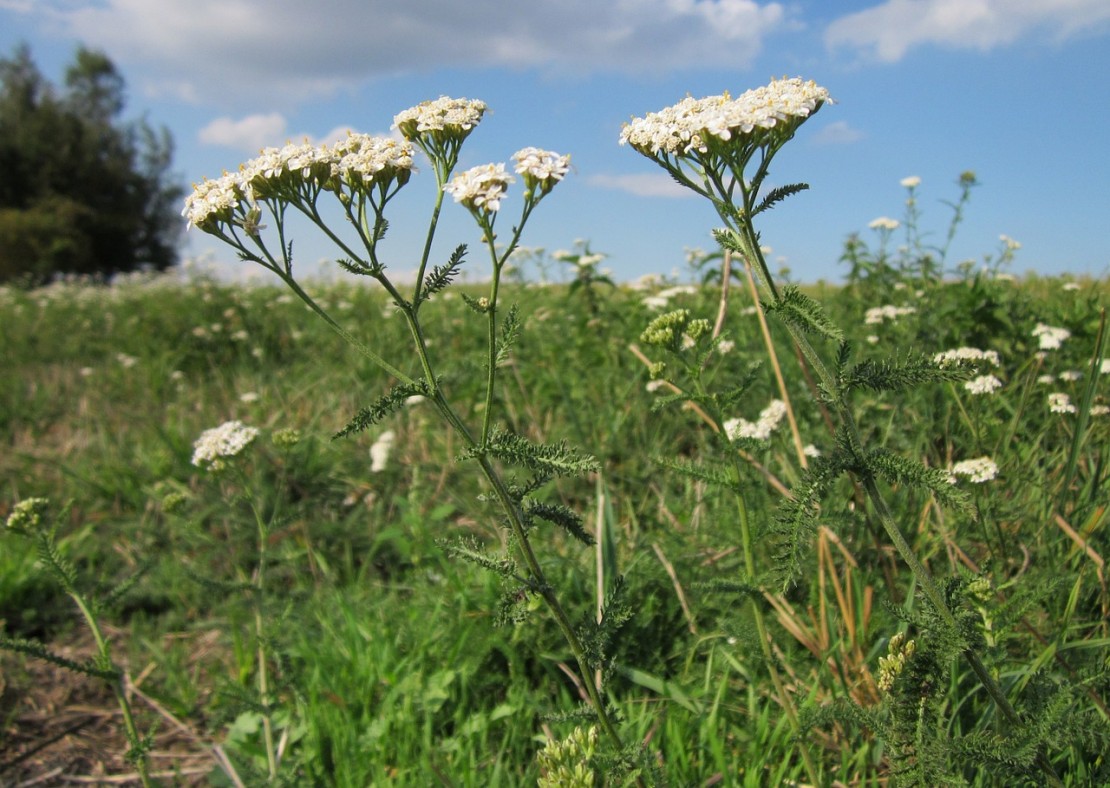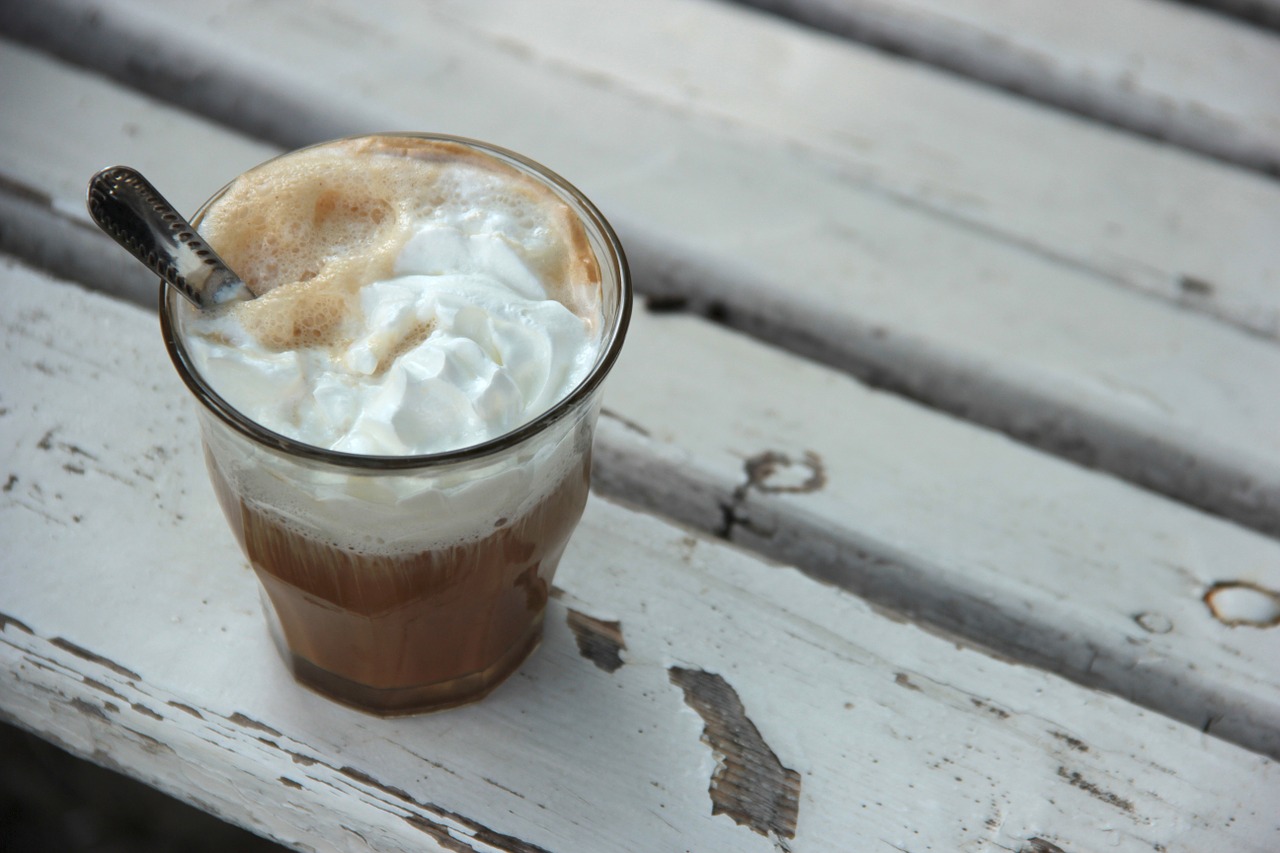
How To Use Bitter Herbs With Children
Have you ever tried using bitter herbs with children? I have, and my first attempt didn’t go over so well.
Two years into herb school, I offered a freshly-pressed tincture of hops to my then 11-year-old son who was restless and anxious in the evenings. At the time it made sense to me—something cooling and slightly sedating to his type-A mind and nervous digestion would be helpful at night. Sure, hops are bitter, but his mom is an herbalist so bitter must come with the territory, right?
After drinking a ½ teaspoon of 1:5 tincture in a little water—his face both contorted and glaring—my son let me know that he clearly did not agree. Although the hops did the trick, he was wary of accepting any remedy from me for a while afterward, just in case it was a “nasty” one. I soon found myself beginning to take the route of disguising flavors, by mixing herbs in combination or with other base ingredients.
This came in handy because while my son and his younger brother eventually learned to take their herbs (and to get over it when they don’t enjoy the flavor), some tastes seem to naturally repel young people. From an evolutionary standpoint, this makes perfect sense. The taste buds of infants are primed to enjoy sweet, fatty, and umami flavors, present in the taste of milk and early solid foods. Bitter foods can signal toxicity to the brain—and, understandably, translate to kiddos as “yucky” (Mayer, 2011)!
Why Take Bitters In The First Place
Bitters are used to treat liver ailments specifically as they relate to digestion, moving energy downwards through the body. The bitter flavor stimulates secretion of bile, which increases the breakdown and absorption of fats. Bitter herbs stimulate hepatocyte activity—hepatocytes are cells that make up most (70-80%) of the liver’s mass. They are responsible for initiating the formation and secretion of bile (as well as many other functions, including protein synthesis and storage, metabolism of carbohydrates, and detoxification of exogenous and endogenous substances). Bitter herbs also stimulate other gastrointestinal (GI) tract activity (Pengelly, 2004).
Bitter herbs and substances include nettles, dandelion, horseradish, watercress, parsley, radish, milk thistle, aloe, gentian, cilantro, goldenseal, arugula, and many more. These contain classes of chemicals like alkaloids, terpenes, flavonoids, phenols, saponins, catechins, isothiocyanates, and others that contribute to the chemical magic that these plants can make (Pengelly, 2004).
Some nutritionists, herbalists, and other health experts believe that far too many modern industrialized humans are deficient in bitter substances, which in part contributes to our epic rise in digestive related illnesses, inflammatory conditions, immune challenges, diabetes, and more. Herbalist jim mcdonald refers to this as “bitter deficiency syndrome” and suggests that a lack of bitter flavor in the diet can cause sluggish digestion.
Including small amounts of bitters in a child’s diet each day can be as easy as adding baby greens such as arugula, kale, or watercress to a salad or sandwich (McDonald, n.d.). Not only can it benefit children’s health by supporting symptoms, but can also set them up for a healthier adulthood by broadening their young palate to include bitter tastes. Later in life, the taste of bitter may help to protect against digestive upset caused by insufficient stomach acids, inflammatory gut conditions, or low bile.
Whether working with a child in a clinical setting or in the home, there are instances when a bitter herb or food is exactly what is needed to address an imbalance. This might show up as nervous dyspepsia, poor appetite, or constipation. Some mildly bitter roots may be helpful to support anemia and boost nutrition in children. Aromatic bitters may help soothe an upset stomach. Cooling bitters can be especially useful in colds and flu (Masé, 2010).
Even young children can experience the kind of upsets that call for a little bitterness—think of colicky babies! Herbs are commonly used to support children’s health in different situations. Bitter herbs can:
- Stimulate a low appetite and support a nervous tummy (gentian, bitter orange)
- Cool inflammatory skin conditions (calendula) or a fever (yarrow, boneset)
- Calm and relax an overactive nervous system (chamomile, lavender)
- Act as a gentle laxative (burdock, yellow dock)
- Increase the nourishment and mineral content of children’s diet (nettles, dandelion root)
- Provide respiratory support (horehound, elecampane)
- Detoxify the body. In some traditions, the bitter leaves of dandelion are eaten as a spring detoxifying herb in salads or cooked with other greens.
Bitter Taste: Face It or Disguise It?
It seems that there are two different approaches when it comes to using bitter herbs with children.
One is the “grin and bear it” approach which has the benefit of allowing children to actually experience the taste of bitterness. This may be important for health reasons as receptors for bitterness function throughout the gastrointestinal system and the salivary response they provoke can prime the digestive system for activity. The act of tasting bitters can also be a learning experience, allowing children to notice how new tastes register in their mouths and take effect in their bodies (this is a great experience to repeat with other kinds of tastes and energetics).
That said, there are plenty of reasons to disguise the taste of bitter herbs with children, especially if a child will be consuming it on a daily basis for support in acute or chronic conditions, and you want to encourage them to take it consistently.
After many years of supporting infants and children with herbs, I’ve come across a few approaches and recipes that have proven to be successful. Some entail blending herbs with complementary herbs and tastes, other times you’ll be successful sneaking herbs into familiar foods. Here are a few tips that I’ve found helpful on how to use bitter herbs with children.
How To Use Bitter Herbs With Children
When in doubt, add chocolate.
Because chocolate is itself slightly bitter, it can be a great herbal vehicle for other bitters. One way to do this is to add cacao powder to smoothies or nut butter treats along with herbal powders. Another way is to prepare a milk decoction with herbs and cacao that can be served hot or cold. Here’s an idea for an herbal chocolate milk that also delivers a ton of iron and other minerals. Once prepared, you can also cool and store it in the refrigerator for a delicious chocolate milk.
Herbal Cocoa
3 cups cold spring water
2 tablespoons organic roasted dandelion root
1 tablespoon organic roasted chicory root
2 tablespoons organic cacao nibs or cacao powder
½ cup organic half & half, whole milk, nut milk, or another dairy alternative
½ teaspoon organic vanilla extract
1 tablespoon blackstrap molasses
Pinch of organic cinnamon powder
Raw local honey to taste
- In a pot, bring water, roasted dandelion and chicory roots, and cacao to a simmer.
- Decoct on low heat for 30 minutes.
- Strain out the herbs and return the liquid to the pot.
- Add milk, vanilla extract, and molasses.
- Dissolve a teaspoon of honey at a time over very low heat until you reach desired sweetness, stirring constantly.
Makes three servings.
Oxymels: Old-school Awesomeness
For particularly strong-tasting herbs, more than chocolate may be required to synthesize an herbal formula into something that a child might find palatable. A traditional brew (really traditional—ancient Greeks gave this preparation its name!) somewhere between a syrup and an extract, an oxymel is comprised of a part honey, a part vinegar, and one part herbs—the proportions vary depending on the herb being prepared and the taste of the client.
Oxymels have a strongly moving energetic that makes them well-suited for opening up nasal and pulmonary passages, and the following recipe, with intensely flavorful elecampane and anti-inflammatory and soothing licorice, is a good example of an oxymel used to open up and relax bronchial passages and act as an expectorant for stubborn, deep-seated mucus.
Elecampane Compound Oxymel
1 cup elecampane root
¼ cup licorice root
About 1 ½ cup raw honey
About 1 ½ cup organic apple cider vinegar
- Combine herbs in a quart jar with a plastic lid.
- Pour honey over them, then top off the jar with vinegar.
- Close jar tightly, and mix by turning the jar over and over. Let this sit for 6 weeks.
- Strain herbs and bottle.
- Store oxymel in a cool dry place. Refrigerate after opening if you don’t anticipate using it within a couple of weeks.
To support head or chest congestion, take up to two teaspoons daily, in divided doses.
Try a Medicinal Honey
“Everything is honey, everywhere I see. Everything is honey, and that’s quite alright with me.”
~Winnie the Pooh
One of the nice things about herbal honeys is that they can be quite versatile. They can be taken as medicines in their own right, added to sweeten or flavor teas or other preparations, or drizzled over fruit or yogurt. Bitter fresh roots, seeds, and blossoms can all be prepared as honeys. To prepare medicinal honeys, a fair rule of thumb is to measure one part herb to five parts raw, unpasteurized honey. (Do not serve honey to children under 1 years of age.)
Like other types of infusions, medicinal honeys can be either cold-infused or warm-infused, depending on the herbs used. Cold infusions are prepared by filling a jar with the herbs and honey, sealing it, and leaving it in a cool dark place for two to four weeks. Cold honey infusions are well-suited for herbs like rose, mint, and wild carrot flowers.
Warm infusions can help to extract the most from certain bitters—in this case, the resinous buds of the grindelia flower—but it’s important to take exceptional care in temperature control; some schools of thought propose that honey should not be heated at all, while others say that the important enzymes contained in honey are still present up to about 60 degrees Celsius (or 140° Fahrenheit).
Grindelia Honey
Adapted from ‘Grindelia Honey’ recipe by Jennifer Aikman.
50 grams of chopped grindelia flowers
250 mL raw unfiltered honey
- Place herb and honey into a double boiler and warm over low heat on and off for up to five days.
- Continue to warm honey on and off until plant moisture evaporates and honey consistency has returned.
- Strain herbs and bottle.
- Store honey in a cool dry place. It’s natural for crystals to form and will not change the medicinal properties of the honey, but you can also warm the honey jar under hot water to help dissolve crystals.
Don’t Forget To Keep It Simple!
Because tasting the bitter flavor can be a big part of receiving the medicine that bitters can bring, it might be best to support your child in simply getting to know bitterness in its various forms and varieties. Rather than repeat my misguided attempt to introduce bitters in an extreme form, it can help to start with herbs that are more bitter as they become more concentrated.
An example can be found in chamomile—in a dose of 2 or 3 grams, it has that characteristic, apple-like sweetness that most children like. In larger doses, its nervine qualities may become more apparent, but the bitterness of its flavonoids and other constituents at more therapeutic doses may take some getting used to. Starting children with smaller amounts of herbs, then gradually adding to the dose, is a good way to encourage them to get used to certain bitter flavors.
Above All – Don’t Give Up On Using Bitter Herbs With Children
With the tastes of foods being adapted more and more frequently to meet the needs of the commercial market, we may have bitter flavors available to us less frequently without the regular addition of wild and foraged foods and herbs to our diet. Not only that, but encouraging people of all ages to take their bitters can be a challenge, and getting bitters into children can be even more so.
But by consistently and regularly exposing children to small amounts of mildly bitter foods and herbs, we can help to make bitter tastes a more common flavor in their palates, to the point that taking bitters may become “no big deal.” When the bitter flavor of an herb is overwhelming, adding sweetness and using preparations that make the most of an herbs bitter qualities are a couple of the ways we can help young people adapt to taking bitter herbs.
Have you had any success with using bitter herbs with children? Specific flavor blends, or special recipes that are winners with your children or with clients? Comment below and let us know what you’ve found helpful!
REFERENCES
Aikman, J. (2015). Herbal honey: ancient, magical & medicinal. Retrieved March 18, 2016 from http://gathervictoria.com/2015/07/27/herbal-honey-ancient-magical-medicinal/
Masé, G. (2010). Information and herbal strategies for Influenza support: Understanding the virus, its risks and complications, and the goals of herbal therapy. Retrieved from http://www.vtherbcenter.org/wp-content/uploads/2012/04/Influenza-support.pdf.
Mayer, E. A. (2011). Gut feelings: the emerging biology of gut-brain communication. Nature Review Neuroscience, 12, 453-466
Mcdonald, J. (n.d.). Blessed bitters. Retrieved on March 18, 2016 from http://www.herbcraft.org/bitters.pdf.
Pengelly, A. (2004). Constituents of medicinal plants: An introduction to the chemistry and therapeutics of herbal medicine. Cambridge, MA: CABI Publishing.









